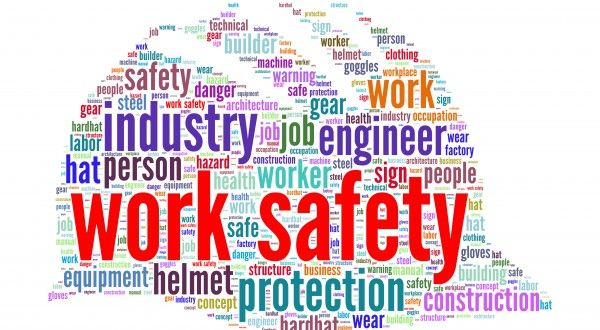Developing a framework for understanding and measuring OHS vulnerability
Reasons for the study
In the area of occupational health and safety (OHS), vulnerability can be defined as an increased risk of experiencing a work-related injury or illness compared to a given standard. Often individuals in the labour market—e.g. young workers, new workers, immigrants or visible minorities—are labelled as vulnerable. Yet, this categorization does not identify the specific characteristics that place these workers at higher risk of experiencing a work-related injury. The purpose of this study was to build on a conceptual framework of OHS vulnerability by generating a set of domains, and pool of potential items within each domain, to form a feasible measure of OHS vulnerability.
Objectives of the study
- To develop a measure of OHS vulnerability among labour market participants that moves beyond demographic worker characteristics towards factors that are closer to risk of injury or illness at the level of the workplace
- To develop and refine a measure of OHS vulnerability to be used for public health surveillance purposes
Related research summaries
- IWH tool comes out ahead in Australian study of OHS leading indicator tools. At Work article: Institute for Work & Health, February 2023.
- Inadequate employment standards, OHS vulnerability add to higher injury risks. At Work article: Institute for Work & Health, August 2021.
- Weaker OHS procedures, policies explain small employers’ higher injury risks: study. At Work article: Institute for Work & Health, May 2021.
- Supportive supervisors help reduce risks when workers face hazards, lack protection . At Work article: Institute for Work & Health, February 2019.
- OHS vulnerability among new immigrants. Research Highlights: Institute for Work & Health, August 2018.
- Workers with disabilities report greater hazard exposure and lower protection . At Work article: Institute for Work & Health, November 2017.
- Workers with disabilities report greater OHS vulnerability. Research Highlights: Institute for Work & Health, July 2017.
- OHS vulnerability as defined by IWH tool linked to self-reported injury rates. At Work article: Institute for Work & Health, February 2017.
- Vulnerability survey helps employer assess worker OHS awareness, empowerment. At Work article: Institute for Work & Health, November 2016.
- Distinct types of OHS vulnerability seen in young, temporary, small business employees. At Work article: Institute for Work & Health, November 2015.
Related scientific publications
- Smith PM, Saunders R, Lifshen M, Black O, Lay M, Breslin FC, LaMontagne AD, Tompa E. The development of a conceptual model and self-reported measure of occupational health and safety vulnerability. Accident Analysis and Prevention. 2015;82:234-243. doi:10.1016/j.aap.2015.06.004. (Open access)
IWH Speaker Series presentations
- Developing a measure of OHS vulnerability. IWH Speaker Series. January 20, 2015.
Related media coverage
- Supervisor competence and support critical for safer, healthier workplaces. Workers Health & Safety Centre. March 19, 2025. Available from: https://www.whsc.on.ca/What-s-new/News-Archive/Supervisor-competence-and-support-critical-for-safer-healthier-workplaces
- Workers with disabilities report greater OHS vulnerability. Canadian Occupational Safety: Thomson Reuters (Toronto, ON). November 17, 2017. Available from: http://www.cos-mag.com/personal-process-safety/35239-workers-with-disabilities-report-greater-ohs-vulnerability/
- Increased OHS vulnerability linked to higher rates of self-reported injury: study. Canadian Occupational Safety: Thomson Reuters (Toronto, ON). January 16, 2017. Available from: http://www.cos-mag.com/personal-process-safety/32225-increased-ohs-vulnerability-linked-to-higher-rates-of-self-reported-injury-study/
- The vulnerable worker. OOHNA Journal . October 27, 2015. Available from: https://www.iwh.on.ca/sites/iwh/files/oohna_journal_fw_2015_vulnerability.pdf
Project status
Completed 2016
Research team
Collaborators and partners
- Workplace Safety & Prevention Services
- Public Services Health and Safety Association
Funded by
Canadian Institutes of Health Research



